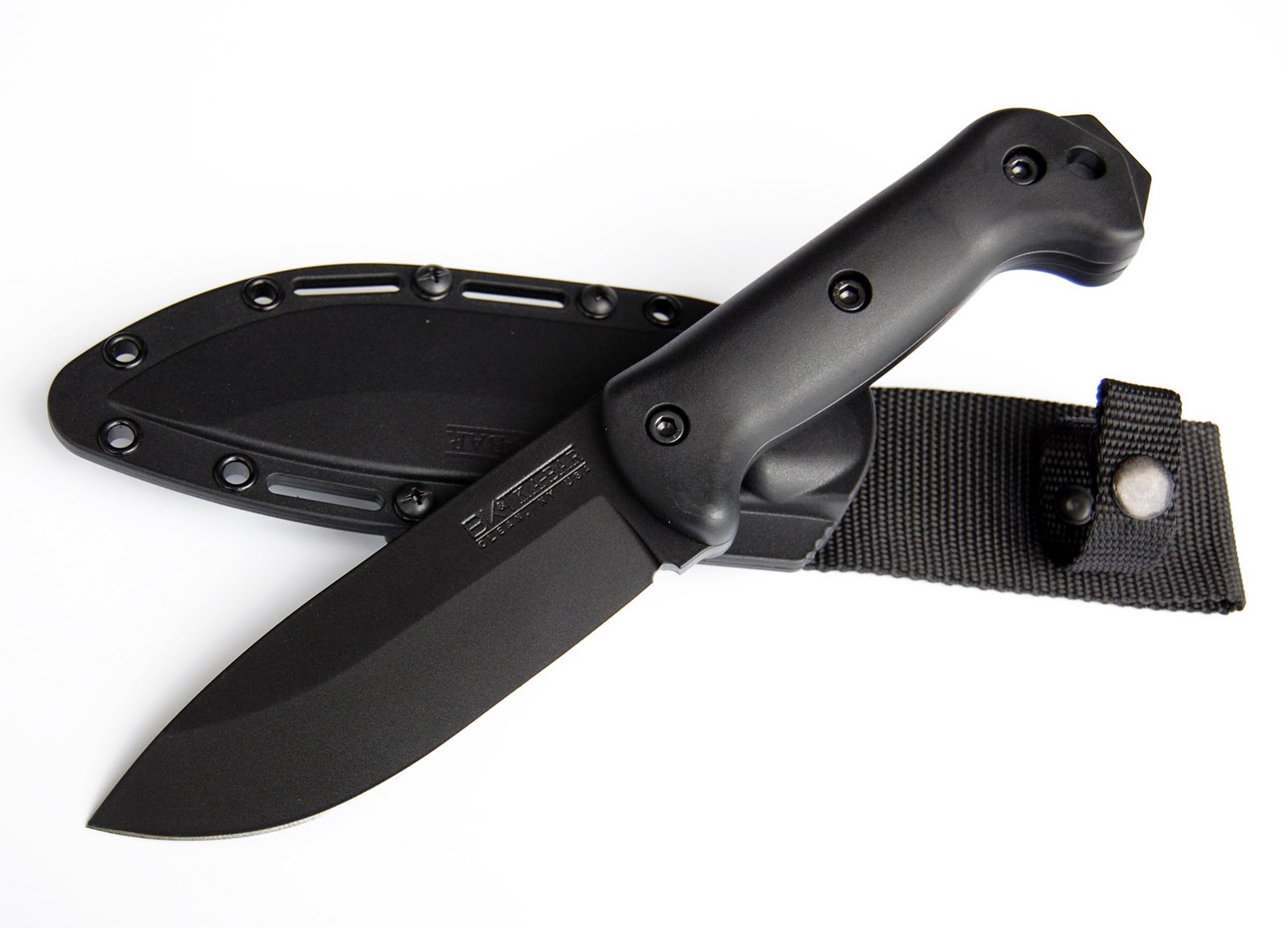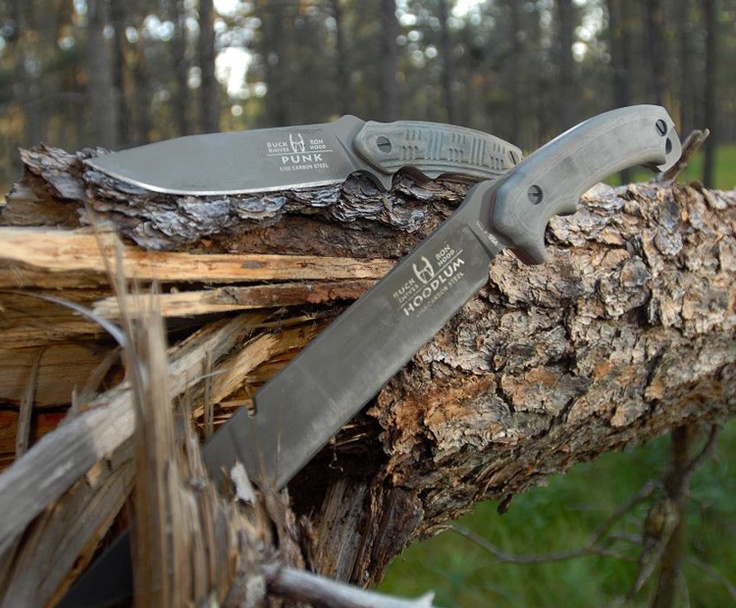 Looking for a new survival knife for your next outdoor adventure, but not exactly sure what knife features you should look for? We’ll help break it down for you.
Looking for a new survival knife for your next outdoor adventure, but not exactly sure what knife features you should look for? We’ll help break it down for you.
Hunting and hiking enthusiasts always search for dependable knives for a specific job or everyday survival situation. Expert fisherman definitely want something reliable and useful for their needs as well. Everybody shopping for a knife has a specific purpose and certain key features to consider, but the important thing to think about is always the same.
What key features should you look for in the ideal survival knife?
A good quality survival knife has a lot of incredible features, all which should make you more confident during your outing into the wild with it. While we are all looking for something different, there are certain things that stay constant and everyone should keep these key features of a knife in mind when shopping about for a new blade to carry.
Here we check out 10 key features of a tactical knife, based on my experiences with various knives.
1. Fixed Blade Knife
A survival knife may be your only defense in the wilderness. It may also be your only tool. That is why it should be a durable knife made with solid and fixed materials. The best knife for survival situations should feature a fixed blade, not a folding one. A joint of any kind in a knife makes it weak and unsafe to use as a survival knife. Knife joints can make the blade fold, close or even break apart, all of which are never good in any circumstance. It is for this reason why outdoor enthusiasts and knife specialists in the field recommend a fixed blade as one of the top key features of a survival knife.
2. Proper Size
A typical survival knife is not too small or too large. A big survival knife won’t help you make precision cuts or prepare a snare trap quickly. It will be too bulky to perfect chopsticks and small detailed tasks. On the flip side, a small survival knife won’t let you do rugged tasks, such as batoning your knife through wood logs to prepare firewood. For these reasons, the best thing is to pick up a survival knife in an average size; make sure it is small enough to cut precision cuts, and big enough to carry out rugged tasks.
3. A Full Tang Knife
One of top key features of a survival knife is a full tang blade. Perhaps, you might have come across several knives in various profiles like full tang, through-tang and partial tang. The best blade for survival situations is the full tang, because a full tang blade is solid and durable. Full tang knife is just a single piece of metal when you remove its handle scales. The metal from the tip of the blade continues all the way through the entire profile. As you can imagine, a full tang blade is incredibly substantial, rigid and more durable.

4. Sharp & Spear-Point Tip
There are many reasons why your survival knife should have a spear-point tip. First of all, a survival knife is primarily for self defense. If you find yourself in front of a wild animal defending yourself, your knife should be sharp enough to penetrate your attacker to protect your life. Also, with a sharper tip, a survival knife can double as a typical hunting tool as you attach it or lash it to a pole. Survival knives with spear-point tips also make many things easy like skinning and gutting an animal or fish to prepare your meals in the wild. Each knife blade tip style serves a specific purpose and works best in it’s own unique way.
For more information on knife tips, read more about all the different types of knife blade tips here.
5. Single Edged Blade
A survival knife shouldn’t be a dagger-style double edged blade. It should be a single edged blade with a flat top spine. It helps you rest your thumb on the backside of the blade when you detail-cut a piece of wood for better control and leverage. Also, you can hammer on top of the knife as you baton your knife to split a wood log. With a knife that has a double edge blade, it is more difficult and sometimes impossible to do certain tasks. It is also a good idea to have a good, thick blade. A 1/4″ thick, or more, durable knife blade is not unusual on a good survival knife.
6. Flat & Solid Pommel
A flat and solid pommel, or butt, is also noted as one of the key features of a survival knife that you can use for survival situations. It enables you to use the knife point to dig a hole in a solid surface or into timber, by hammering and pounding on top of pommel end. You may have seen a lot of survival knives with rounded and fragile pommels, which make them inept for hammering. A hollow handle knife won’t work for this as the blade must be a full tang, fixed blade. A flat pommel allows your knife to be more versatile and adds yet another important function into your survival knife.

7. No Hollow Handle
We have already talked about the importance of a full tang blade in a survival knife. You have survival knives available in stores with hollowed out rubber and polymer handles. Usually they are sold having the ability to store things in the knife handle. While, it’s a nice feature, it is misleading when it comes to survival. Those styles are neat and all, but an ideal survival knife won’t have a hollow handle.
8. Carbon Steel
You can find survival knives in two types of steel – carbon and stainless, and it is a question to you which one you would prefer. Stainless steel won’t rust as fast as carbon steel, but it may go dull quicker. Carbon steel knife blades keeps sharp edges always, but it is more vulnerable rusting. No matter what type of steel is used in your knife, it’s important to always take care of your knife properly.
9. Straight, not Serrated
An ideal survival knife is straight, not serrated. This is a heated debate. You will find people who strongly argue for serrated knives, but the fact is that it is more difficult to sharpen a serrated knife than a straight edge blade. Even though, it is a reality that a serrated knife is handy in many tasks like cutting ropes. I personally have knives that are both straight edge and serrated. They each serve their purpose differently.
Many knife manufacturers are offering up their models in both styles and some offer knives that are partial, meaning half straight blade and half serrated. It is entirely a personal preference, but sharpening a serrated blade takes more patience and a little more skill. Read more about how to properly sharpen your knife.
10. Typical Size
A standard survival knife falls within the range of six to twelve inches, overall. Many survival experts argue that a knife should have its handle and blade equally sized for better results and comfortable use. This isn’t always the case as having different center points on the knife give it advantages with blade effort among other things. Machetes are heavier on the blade end usually as this helps deliver more energy into the cuts. Some survival knives are similar with their construction. Everybody has different sized hands, so get a knife that feels good to you first, then consider all the rest of the features from there.
What Features Do You Look For When Shopping For A Knife?
There are plenty of tactical knives out in the stores and online marketplace, but only a few of them are the right product for your exact needs. Before throwing in big bucks to buy a good tactical knife, start out by reading a detailed product comparison and study to find which knife is the best one for you. The informative knife articles on Tactical Knife Buyers Guide are here to help you choose the best tactical knife to buy, based on key features to look for when shopping for knives.
After going through the top 10 key features of a tactical or survival knife above, you should now have a better idea of what’s important to consider when buying one.




